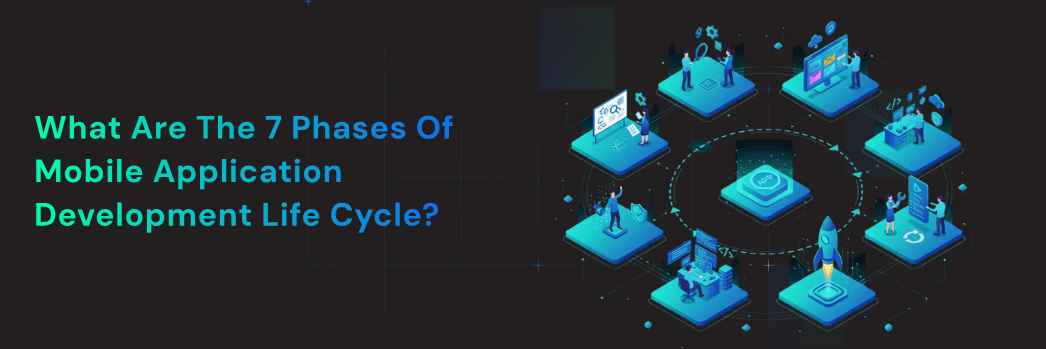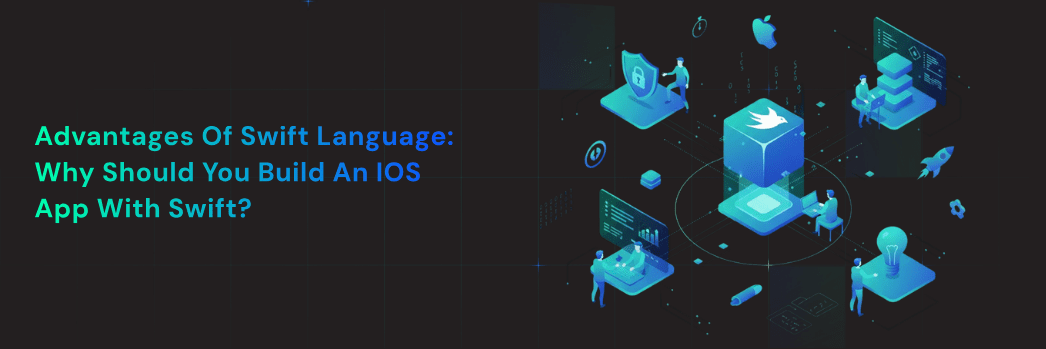Mobile apps have become a cornerstone for businesses of all sizes. Whether you operate a startup, a healthcare organization, a retail brand, or a fintech company, mobile applications play a crucial role in engaging customers, enhancing user experiences, and driving revenue.
However, building a successful app is not just about writing code or designing attractive screens. It requires a structured approach, clear planning, and a deep understanding of both business and user needs. That’s why the Mobile Application Development Life Cycle (MADLC) exists.
The MADLC is a step-by-step framework that guides businesses and developers from the initial idea to a fully functional app and beyond. By following this structured process, companies can create apps that are efficient, reliable, and user-friendly, while minimizing risks and maximizing ROI.
Every great app begins with planning and requirement analysis. This phase lays the foundation for the project, helping stakeholders align on goals, scope, and feasibility.
Key activities in this phase include:
- Conducting market research to understand user needs and preferences
- Studying competitor apps to identify gaps and opportunities
- Defining functional requirements (features, performance, design constraints)
- Creating a project roadmap including timeline, milestones, and budget
- Identifying potential technical challenges and risks
Example: Imagine you want to develop a fitness app. During planning, you would determine whether it will track workouts, integrate wearable devices, offer AI-based nutrition tips, or provide social features. Proper planning ensures the app serves real user needs and reduces costly mistakes later.
Once the requirements are clear, the design phase begins. This is where creativity meets functionality. The goal is to craft a User Interface (UI) and User Experience (UX) that makes the app intuitive, engaging, and visually appealing.
Design tasks include:
- Creating wireframes to outline the app’s structure and navigation
- Designing interactive user flows to ensure smooth navigation
- Producing high-fidelity prototypes for early testing and feedback
- Selecting colors, fonts, and UI elements consistent with your brand
- Planning for responsive design to work across devices
A good design is not just about aesthetics—it directly impacts user engagement. Users are more likely to adopt an app that’s easy to use and visually appealing, which increases retention and reduces churn.
The development phase is where the app comes to life. Developers work on both frontend (the visible app interface) and backend (servers, databases and APIs) components.
Key practices during development:
- Using agile or iterative methodologies for faster delivery and flexibility
- Writing clean, well-documented code to ensure maintainability
- Following secure coding practices to protect user data
- Integrating with third-party tools and APIs when necessary
Example: In an e-commerce app, developers would implement product catalogs, payment gateways, and push notifications, ensuring the app is scalable as the user base grows.
This phase is crucial, as the app’s performance, reliability, and security are determined by the quality of development.
Before launching an app, it must undergo rigorous testing. Testing ensures that the app functions correctly, performs efficiently, and provides a seamless experience across devices.
Testing types include:
- Functional testing: Checks if all features work as intended
- Performance testing: Measures app speed, responsiveness, and stability
- Security testing: Protects sensitive user data and prevents breaches
- Compatibility testing: Ensures smooth performance across devices, screen sizes, and OS versions
- User Acceptance Testing (UAT): Confirms that the app meets business and user expectations
Tip: Engaging real users in testing helps uncover issues that automated tests might miss, providing valuable feedback before launch.
After thorough testing, the app is ready for deployment. This phase involves publishing the app on platforms like the Google Play Store and Apple App Store.
Deployment steps include:
- Preparing store listings with app name, description, screenshots, and keywords
- Submitting the app for review and approval by the respective stores
- Launching the app for public download
A smooth deployment ensures users can access the app easily and without frustration, setting the stage for early adoption and positive reviews.
Launching an app is just the beginning. Continuous maintenance keeps the app functional, secure, and relevant.
Maintenance tasks include:
- Monitoring app analytics to track performance, usage, and user behavior
- Fixing bugs and addressing issues promptly
- Updating the app to support new OS versions or devices
- Adding new features or improving existing ones based on feedback
Example: Social media apps frequently release updates with new features like reels, stories, or improved privacy settings to keep users engaged.
Regular maintenance ensures long-term success and strengthens customer loyalty.
The evaluation phase is all about analyzing performance and gathering insights to improve the app.
Evaluation activities include:
- Tracking key metrics like downloads, engagement, retention, and revenue
- Collecting user feedback through reviews, surveys, and ratings
- Identifying opportunities for enhancement or future upgrades
By continuously learning from user behavior, businesses can refine the app and align it with changing market needs, ensuring it remains competitive.
Following a structured development process offers multiple benefits:
- Reduced risk: Clear planning prevents costly mistakes
- Better quality: Testing and evaluation ensure smooth performance
- Higher user satisfaction: Intuitive design and continuous updates increase retention
- Scalability: Well-structured development allows your app to grow with your user base
- Efficient resource use: Avoid wasted time and budget by following a clear roadmap
Example: A startup that follows MADLC can deliver a Minimum Viable Product (MVP) quickly, test it with real users, and iteratively improve it, leading to higher chances of market success.

The Mobile Application Development Life Cycle (MADLC) is essential for building successful mobile apps. From planning and design to development, testing, deployment, maintenance, and evaluation, each phase plays a critical role in ensuring your app meets user expectations and business goals.
By understanding and implementing all seven phases, businesses can turn app ideas into high-performing products, reduce risks, save costs, and improve user engagement.
Whether you are developing an iOS, Android, or cross-platform app, following a structured life cycle improves efficiency and ensures long-term success.
Search
Recent Post
- Strategies for Managing a Software Development Project
- What Are the 7 Phases of Mobile Application Development Life Cycle?
- Advantages of Swift Language: Why Should You Build an iOS App with Swift?
- Node.js vs. React.js: Which JavaScript Technology Should Developers Choose?
- UI/UX Design Services – Expert Solutions for Web & Mobile Apps
- ECommerce website development
Categories
- Blog (43)
- Mobile App (6)
- option1 (1)
- option2 (1)
- WordPress (2)



